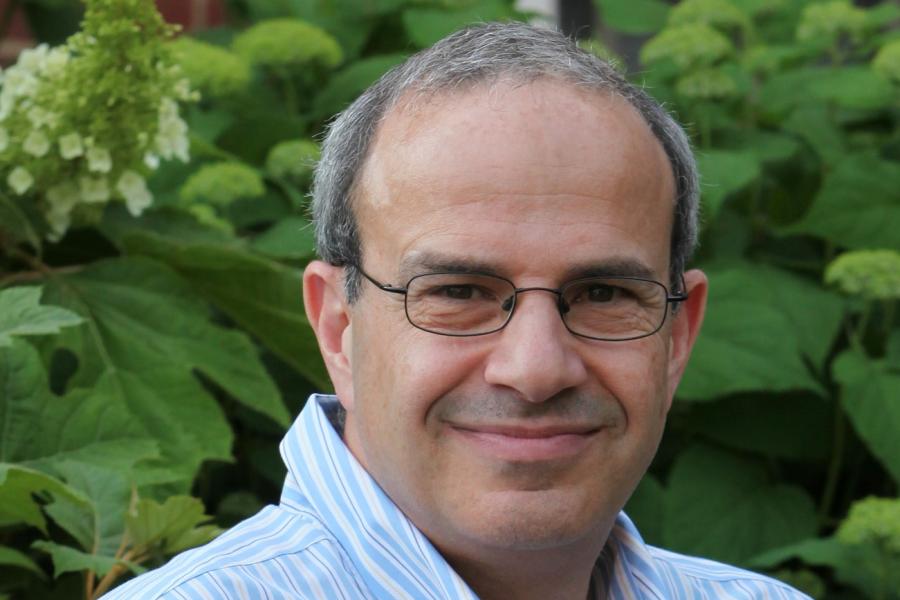
Nathan Seiberg explores frontiers of physics in 2025 Bethe Lecture
Seiberg, professor in the School of Natural Sciences at the Institute for Advanced Study, will explore string theory and other aspects of scientific progress.
Read more Department Homepage
The College of Arts & Sciences
Department Homepage
The College of Arts & Sciences
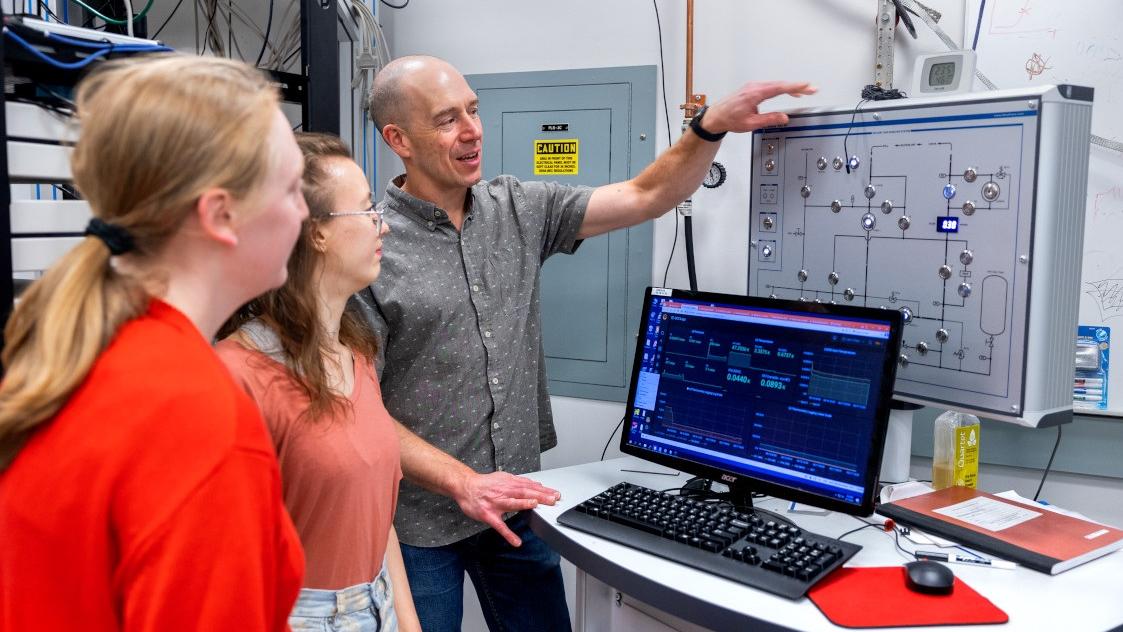
Uniquely versatile undergraduate and graduate programs, an unrivaled breadth of research training, and Nobel Prize-winning work in world class facilities, defines the Department of Physics at Cornell University as a national and global leader in physics training and education. The department has more than 40 active professors, approximately 180 graduate students and 65 undergraduate majors, and offers a full range of university-level work in physics, from general education courses for nonscientists to doctoral-level independent research.

Seiberg, professor in the School of Natural Sciences at the Institute for Advanced Study, will explore string theory and other aspects of scientific progress.
Read more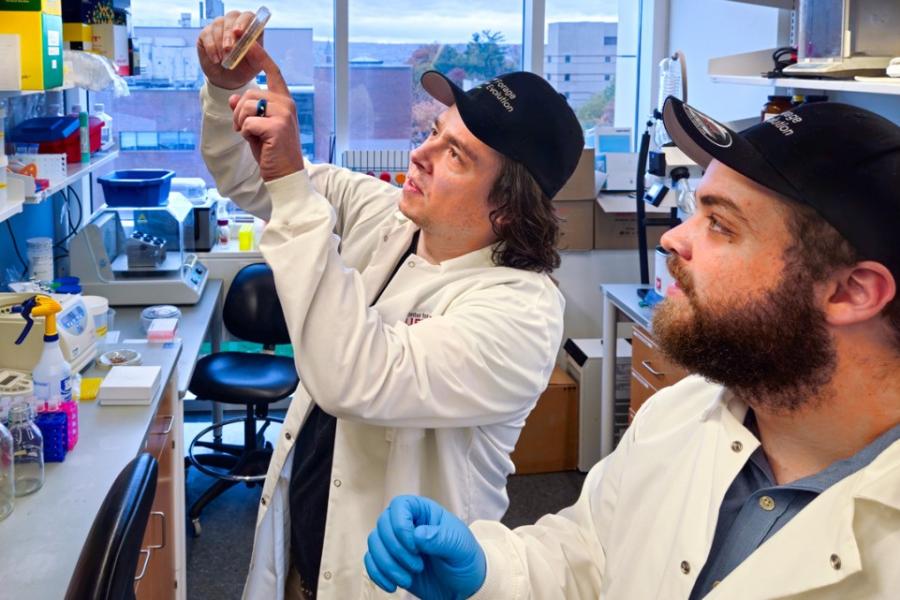

Researchers develop a new bacterium that can absorb DNA directly from its surroundings and incorporate it into its own genetic code.
Read more
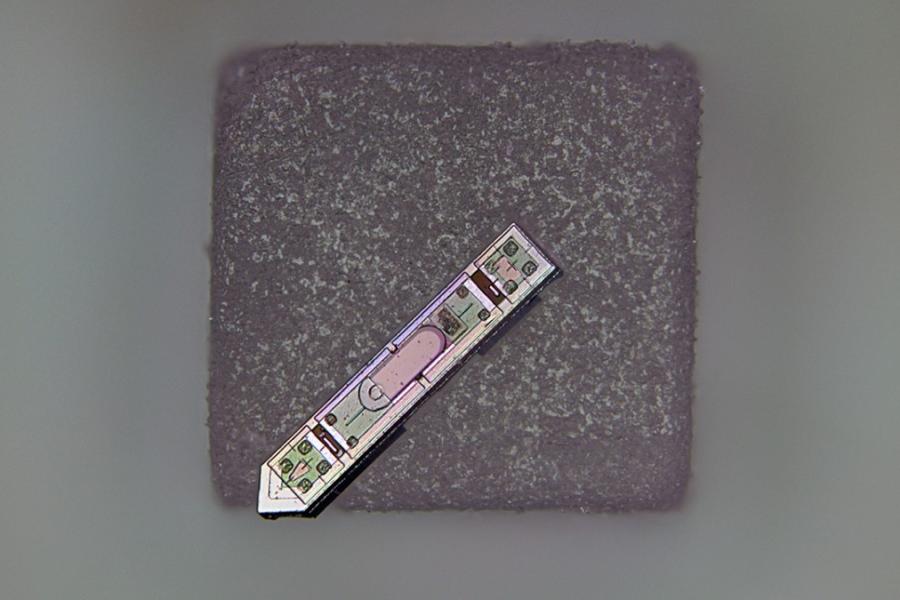

Cornell researchers and collaborators have developed a neural implant so small that it can rest on a grain of salt, yet it can wirelessly transmit brain activity data in a living animal for more than a year.
Read more
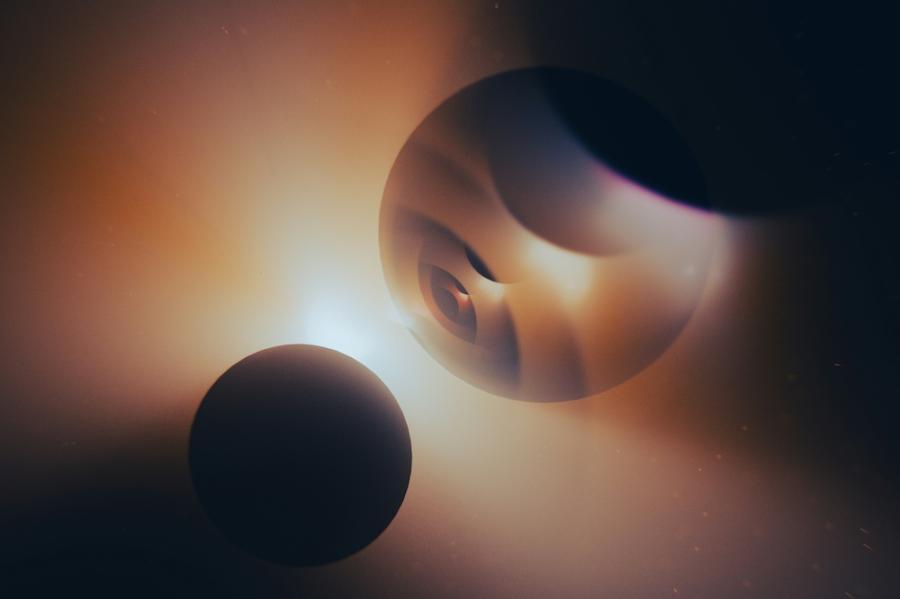
Cornell physicists and computer scientists have developed a machine learning architecture inspired by the large language models (LLMs) behind ChatGPT to help them study the vastly complicated interactions that happen when nature's smallest particles interact.
Read more

Thomas Hartman, professor in the Department of Physics in the College of Arts and Sciences, is one of two Cornell faculty members elected this year as fellows of the American Physical Society (APS).
Read more

Cornell physicist Brad Ramshaw has been named a 2025 Experimental Physics Investigator – national recognition awarded by the Gordon and Betty Moore Foundation to a select group of researchers pushing the boundaries of experimental physics.
Read more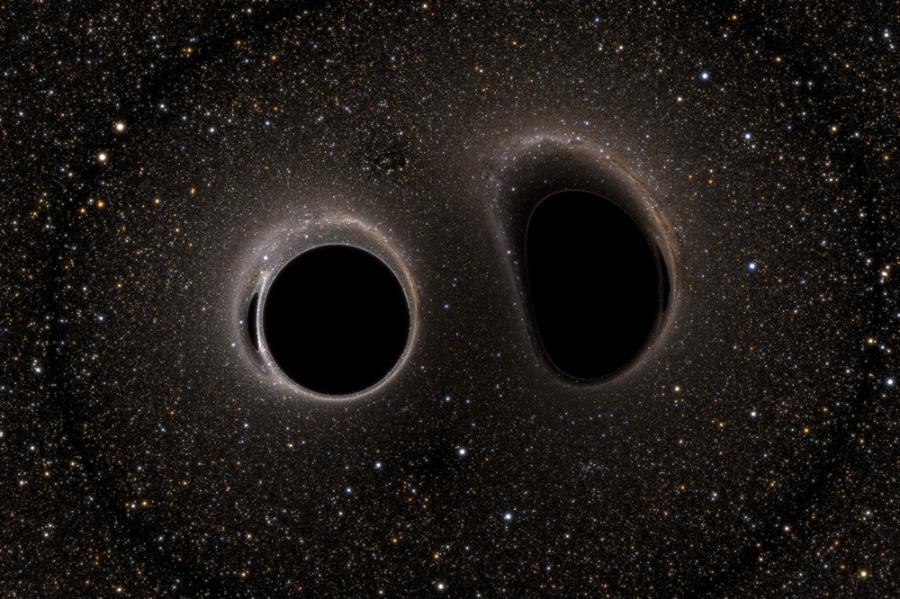
These simulations, developed with significant input from Cornell researchers using code written at Cornell, help scientists analyze gravitational waves observed by the LIGO, Virgo and KAGRA detectors located in the U.S., Italy and Japan.
Read more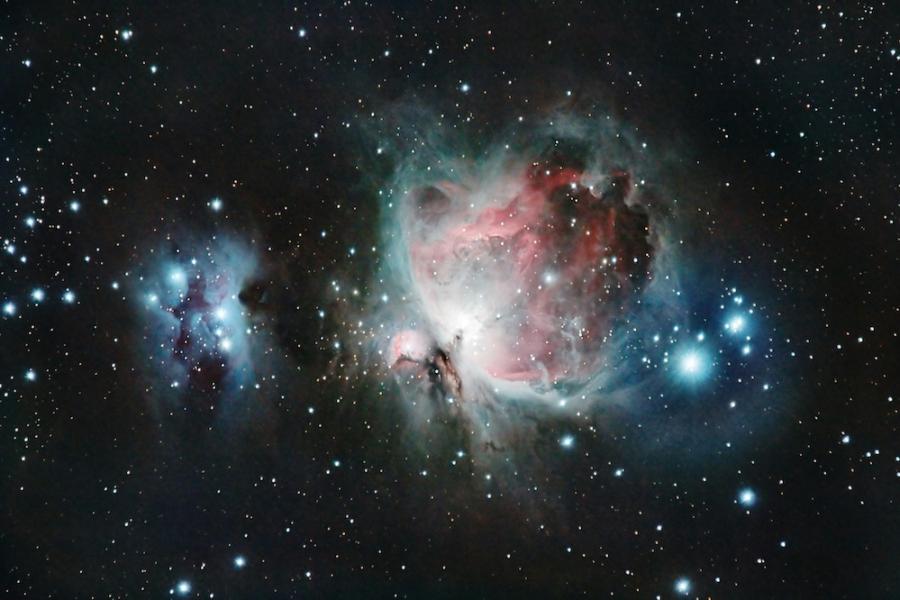
After expanding to its peak size about 11 billion years from now, the universe will begin to contract – snapping back like a rubber band to a single point at the end, according to a Cornell physicist.
Read more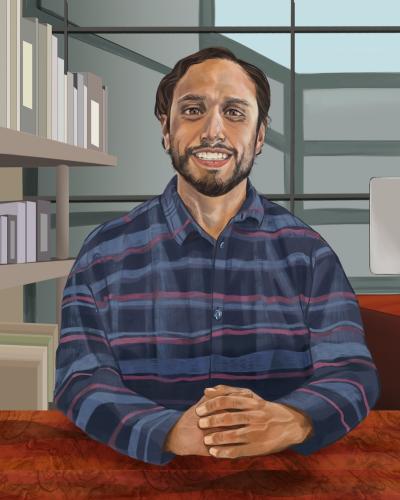
BA Physics and Math
Financial Analyst, Soccer Fan, Physicist!
Steven (he/him) turned his physics analysis skills to the field of finance. His path has led him through several different companies in various roles managing data and using complex forecasting models to inform financial decisions like product pricing, budgeting and strategic planning. In his free time, Steven enjoys reading non-fiction, soccer, and running his own stock portfolio.
The analytical and problem-solving skills from physics have been of much use to him in the corporate world
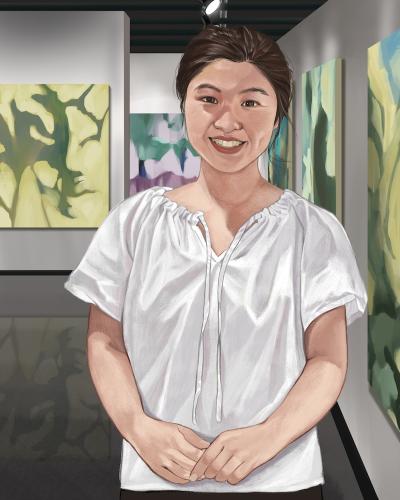
BA Physics and Art History
Art Historian, Photographer, Physicist!
Victoria (she/her) followed her physics degree with a PhD in visual and cultural studies from the University of Rochester. She then became Director of the Bannister Gallery and Adjunct Professor of Art History at Rhode Island College. Through her career, Victoria has been able to turn her passions into her work. In her free time, she enjoys baking.
The critical thinking skills she developed as a physicist have always helped her along the way.

BA Physics and Economics
Lawyer, Boston Sports Fan, Physicist!
David (he/him) went from Cornell physics to Boston College where he earned degrees in law and business administration. He held several positions in both marketing and law and then became a lawyer for a biological engineering lab at Harvard. In his free time, he enjoys working on his house.
Physics has been his most valuable degree, developing his problem-solving and creative thinking skills.
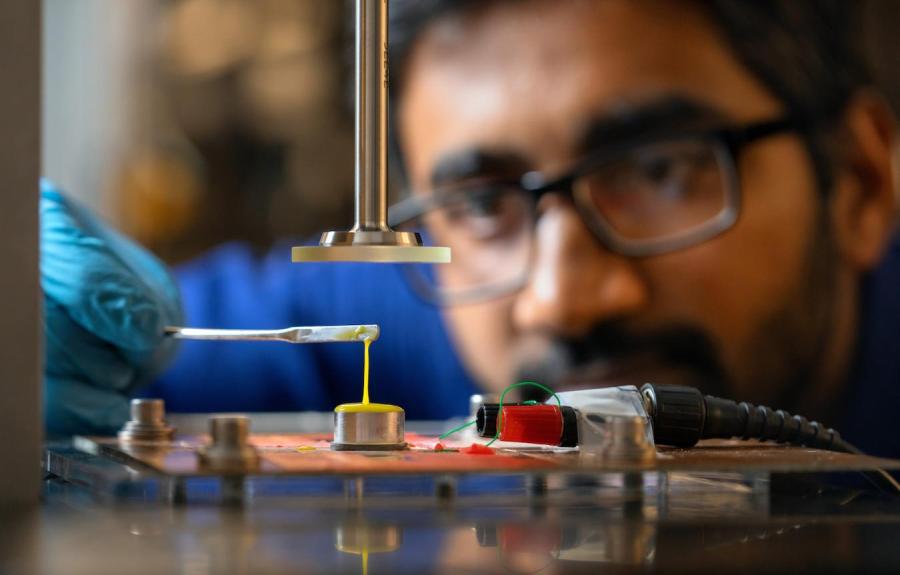
Research in the department is organized in two laboratories, the Laboratory of Atomic and Solid State Physics (LASSP) and the Laboratory for Elementary Particle Physics (LEPP). Explore the links below to learn more about the major research areas of the department and the facilities available to researchers.